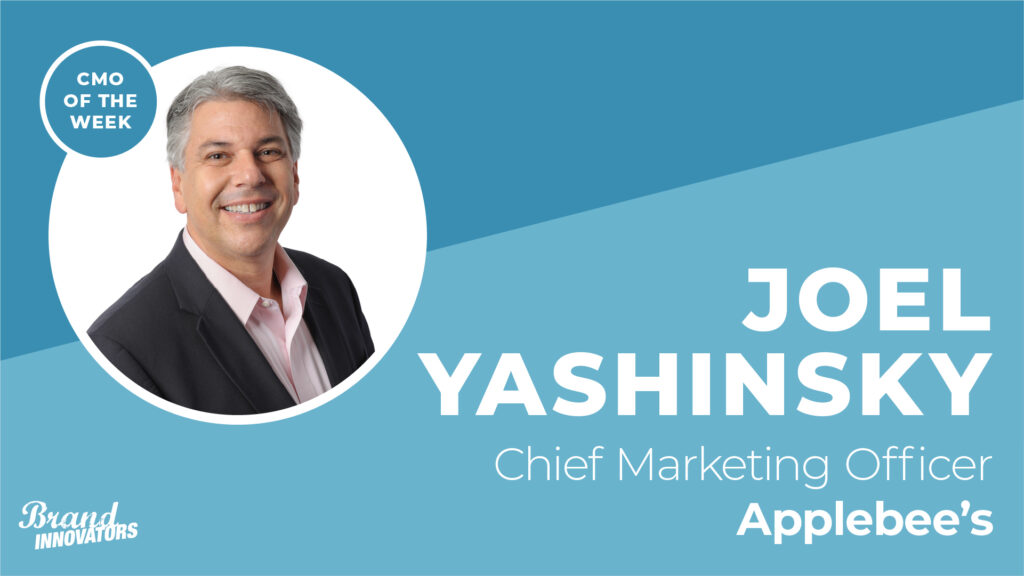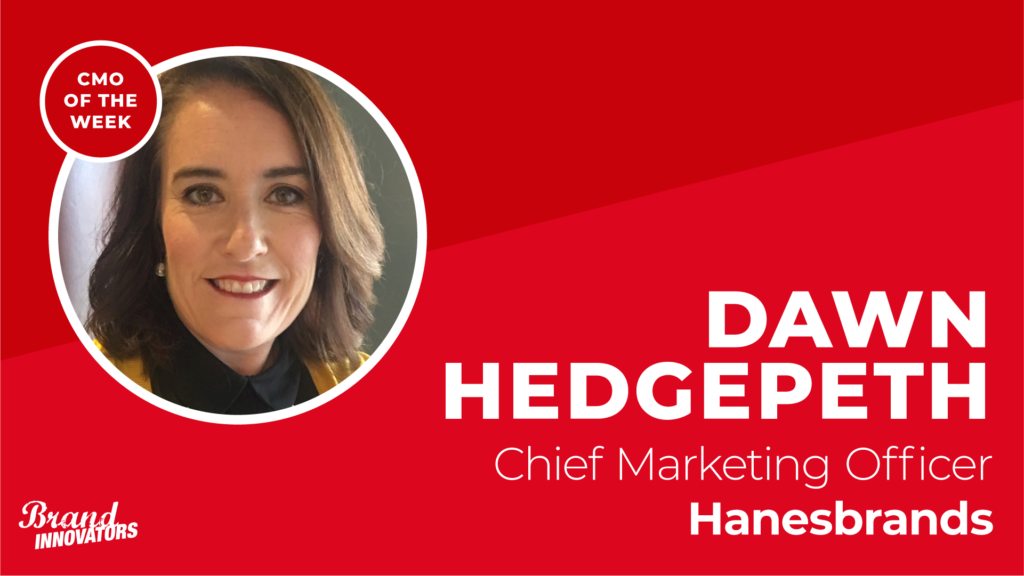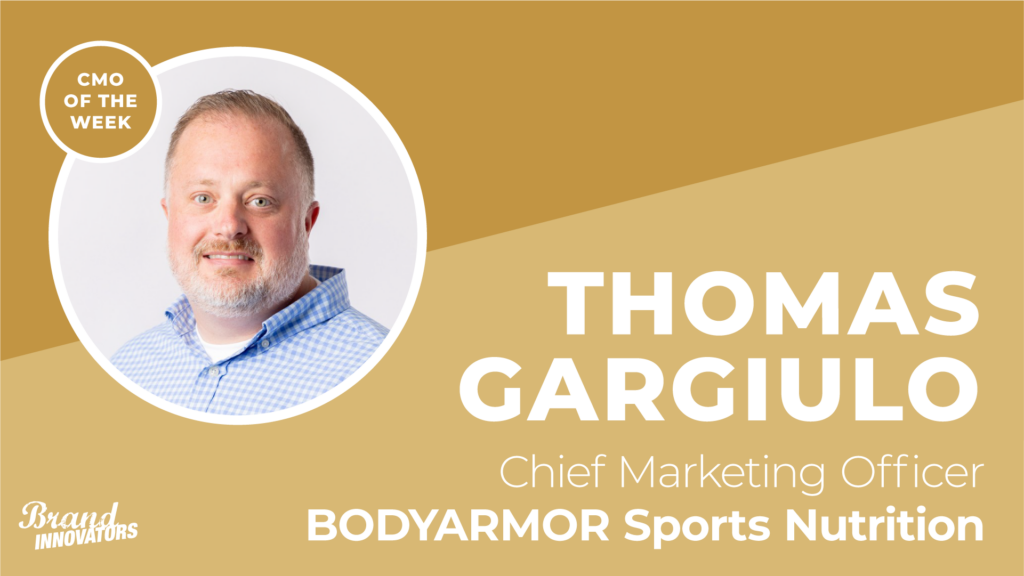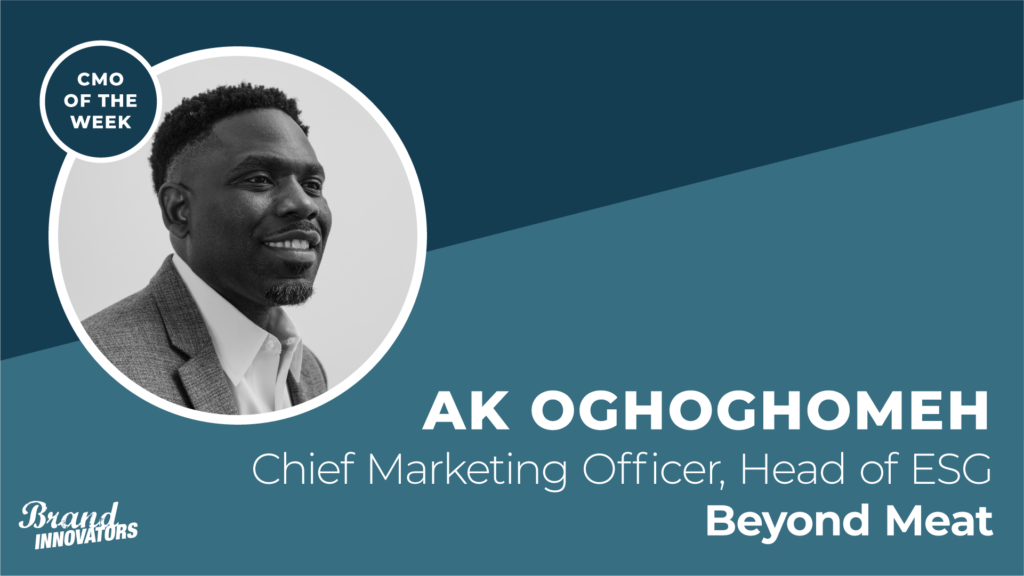It’s been a “refreshing and fascinating year” for Marija Zivanovic-Smith, chief marketing and communications officer of IEX. Her mission since she joined the stock exchange in April 2022 is to scale the company.
“At IEX, I have this beautiful opportunity to shepherd a brand into the future,” says Zivanovic-Smith. “I am part of a company that has been around for only a decade and was founded around a deep desire to drive meaningful change in the industry. And the best part is that we are actually doing it. For a CMO, being tasked to think about how to build a future legacy for a relatively new brand, especially one that is as mission-driven as IEX is — well it’s meaningful and exhilarating.”
Her vision in this position is “to build upon the trust, innovation, integrity and brand equity IEX has already created by empowering storytellers for the company’s narrative, reinvigorating and optimizing their go-to-market strategy as we enter new spaces, and turning the current challenges in the markets and industries into opportunities for growth,” she says.
She has recently been working on the transformation of the company’s brands with new websites. “Empowering your team to reimagine a brand is one of the best parts of a CMO’s job and doing this with the IEX Group team has been an incredible journey,” says Zivanovic-Smith. “In just one year, we have updated our brand story to better speak to our audiences, put an entirely new marketing tech stack in place for our tech businesses outside the Exchange, reimagined each brand in our portfolio – and launched or revamped our 5 websites representing each of our businesses: IEX Exchange, Dispatch, swXtch.io, and IEX Cloud – all culminating earlier this month with IEX Group.”
The new IEX Group site has a refreshed look and feel across IEX while also bringing the brand’s story to life. The new site also includes IEX’s new resource center and content hub – Square Edge, with access to unique insights on equities, digital assets, and technology. “You can find anything from the Masters of Market Structure Official – Scorecard to Dispatch and the Future of Distributed Commerce to Taming the Chaos – Sourcing Financial Data from Multiple Suppliers. [Additionally the] Boxes & Lines podcast episodes cover everything from the economics of poker and Wall Street to starting from scratch in the financial industry,” she says. “All of this and the latest news on exciting developments at IEX Group.”
Prior to joining IEX, Zivanovic-Smith held several senior positions at NCR Corporation and IBM. Brand Innovators caught up with Zivanovic-Smith to talk about the brand transformation, Web3 and leadership. Brand Innovators’ The Future of Web3 for Brands: Building Sustainable Infrastructures Summit will be hosted by IEX on May 23. This interview has been edited for length and clarity.
What should brands be thinking about Web3?
We need to stop looking at it as Web3 vs. Web2. It’s Web3 + Web2 + traditional methods to help you execute your business strategy – let’s call it Web2.5. What’s important as you enter Web3, is to look at it not as a total replacement strategy, but as an exciting new tool in the toolkit with huge potential. That’s why we like to call it Web2.5. There’s power in the “in between” of the 2.5 of today – we are meeting consumers where they are with numerous tools and tech.
In Web2, consumers believed they’d found a trusted confidante/assistant on the web. Someone to fetch food. Watch the house. Make them appointments and buy them concert tickets. Then consumers came home one day and found that confidante/assistant rifling through their wallets, selling their information, eavesdropping on private communications, gossiping about their indiscretions, and dropping credit card numbers everywhere. This is the state of Web2—and the reason why getting to Web3 is so imperative for marketers. Loyalty in Web2 has faded in recent years and convenience trumps all for consumers, who are still hungry for intimacy with their preferred brands. But reestablishing trust comes first.
The ability for brands to communicate one-to-one with consumers in Web3 is the disruption that will empower true, “trusted friend” brand relationships and break open the full potential of blockchain analytics and segmentation tools. Brands that have started collecting their own data to account for the loss of Web2 cookies and tracking tools will also have more control over the data and its accuracy. Consumers want to love Web3…BUT we aren’t ready to give up the things we love in Web2, or quite frankly traditional marketing, either. Thus, we are in a unique “in between” period of time with Web2.5 that brings exciting potential.
What are the opportunities and challenges for building consumer connections here?
As CMOs, we are well aware that finding your audience is getting more difficult. Audience channels are full of friction. And cookies only give you crumbs of information they once did. Enter Web3– ready to help you create and execute your next level marketing strategies and build brand love. With potential to help accelerate reach, loyalty, conversions, conduct commerce, predict consumer behaviors, and free up time – it’s truly full of opportunities.
IEX recently commissioned a study of CMOs, CIOs, CDOs and Consumers on Web3.
A big takeaway was that consumers are actively seeking relationships with brands via easy opt-in and opt-out choices, equal opportunity in transactions and creation, and most important data control. Among the respondents, 62% would be more willing to engage in Web3 if a better customer experience was provided. Web3 can help brands significantly increase one-to-one engagement with consumers. Brands can leverage Web3 to create new direct to consumer relationships that improve brand loyalty. Brands who are early adopters of Web3 can help demonstrate the power it has to deliver transparency around supply, production, and distribution.
Can you share how your experience in tech helped prepare you for this role?
I have been fortunate to work in the tech industry throughout my career. Whether it has been in the chief marketing officer, chief communications officer, or any other role, the tech industry itself prepares you for everything from a C-Suite leadership role to parenting.
It’s a 24×7 environment where your customers, communities and employees depend on your brand. Marketing is all about unearthing and telling the stories of how tech is making a difference in the market and in society. Translating very complex technology concepts into small words, big ideas is what tech has prepared me well to do. There are times when tech works great and times when you need to be prepared for the worst.
Working in tech has taught me to always be thinking ahead or you get left behind. You have to predict where the curve is going next so that you have the products, tools and talent to meet demands before they arise. As a marketer, this has influenced me to be hands-on with marketing tech to scale with it – whether that’s for a startup or a Fortune 500. The old saying about building a plane while flying it … that’s how marketing in a technology organization can feel some days. I am consistently empowered to exercise my builder’s muscles. Whether that’s building and transforming brands or building relationships with global governments and local communities.
Perhaps the biggest lesson from working in tech? Tech alone does not solve a problem – it is not the inherent answer to every business question at hand. The discipline of having a clear vision, cascaded strategy and plan to execute it, and the tech tools to enable and scale it while staying true to your values … that is what you learn from selling tech for decades.
What is your approach to leadership?
As a leader I believe strongly in empowering my team. Nothing makes me happier than seeing my team members succeed and meet their own goals – whether that’s in the business we are in together, or down the line. I want to make as many future CMOs and CEOs as possible.
Empowering my team means operating with a Trust + Check In approach. I trust that they will do what they need to do and rise to the occasion. I believe this high level of trust also nurtures creativity. Too much oversight often inhibits independent thinking and the freedom to truly create new ideas and ways of operating. That being said, coupling trust alongside leading with a watchful eye is important and wise. We are, after all, leaders. And part of that role, by nature, is knowing when to step in and offer guidance, mentorship and course correction when necessary.
I am also a firm believer in data-based decision making. Gut instinct is a great ally. However, as a leader responsible for the outcomes of a company and other employees, I want the facts and the data to guide my decision making. And when your gut instincts and data are aligned – well, that’s a very empowering place to be.
What trends do you expect to see in the marketplace in 2023?
AI will dominate the conversation across industries, as we find ways to work with it and determine when to work without it. For the marketing and communications world, we are already seeing a love – hate relationship when it comes to AI. There are those who embrace getting to know AI tools like Jasper and ChatGPT and those that simply refuse.
The fact that AI is not regulated provides the unique opportunity for users to weigh in on its future. Those who participate now in testing and using AI will build the guardrails for the future – good, and bad. Marketers who stand on the sidelines won’t know what it’s capable of and won’t play a role in defining what purpose AI should serve and what it should not. Both are important – where we take AI is up to us. I personally want to be part of finding the solution.
I’m already seeing very clever examples of how companies are working to create value in the MarTech stack by leveraging AI and computer vision to help CMOs unlock an age-old problem that haunts our profession – people sitting on content. On the other hand, should AI step into the emotional creative? Can it? Should we allow that? We cannot answer those questions if we don’t understand the tool – hands on. I see AI continuing to dominate the conversation. Simply put, if we don’t engage and understand AI’s capabilities, the future of AI will be found for us vs. with us.




